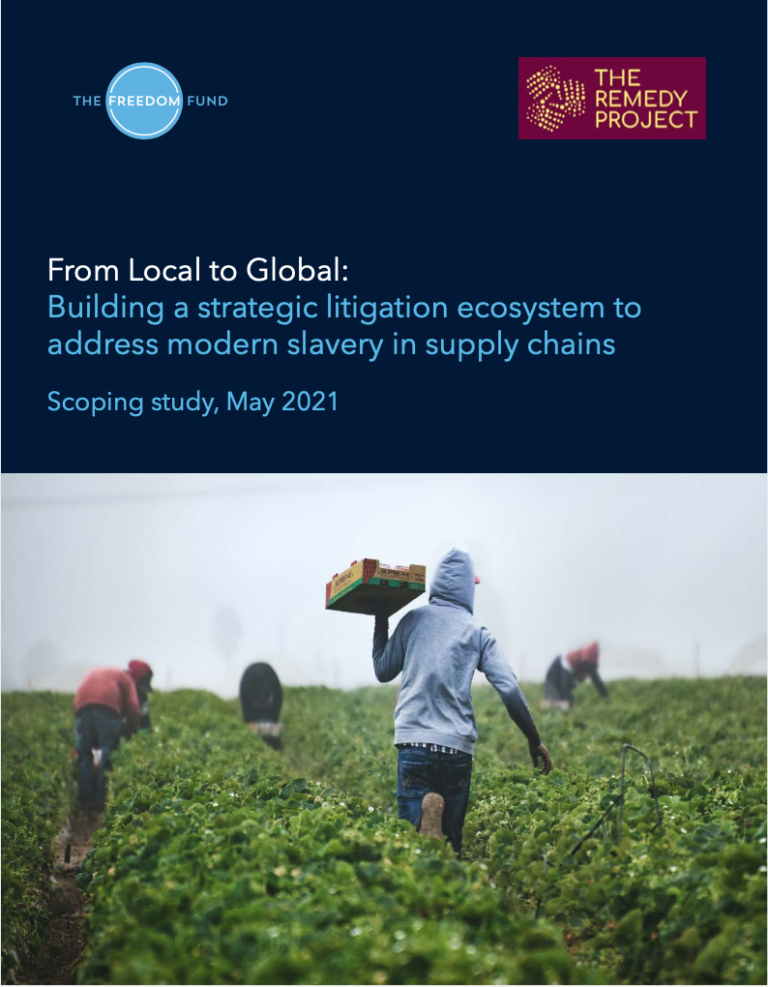Legal Deserts Reports
GuidanceHuman trafficking victims who are exploited in the commercial sex industry try are highly likely to be arrested for offenses catalyzed by their victimization. The resulting criminal records shadow survivors out of trafficking and serve as barriers t...Read More

